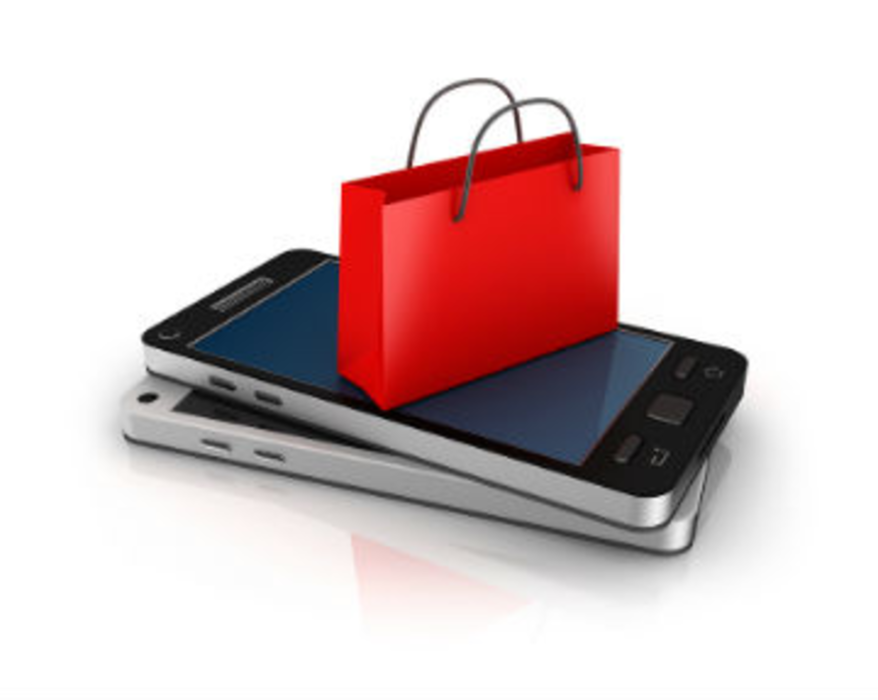Marketers are making their lists and checking them twice when it comes to deciding what channels to include in their holiday campaigns this year. And if there’s one channel marketers should definitely include it’s mobile. Thirty-six percent of consumers say they shop with their mobile devices in-store more than they did two years ago, according to the October 2013 “Mobile Consumer Report: Combat Showrooming With Personalization” report by mobile marketing technology provider Vibes. But the mobile landscape is also changing. Here are three key shifts marketers can detect and prepare for this holiday season.
Showrooming
Over the past year, showrooming has transformed from simply a threat to a mainstream shopping behavior, says Mark Tack, VP of marketing at Vibes. According to the report, 44% of consumers frequently use their smartphone in-store to compare prices or purchase from a competitor. In fact, the percentage of consumers who compare prices on a competitor’s website jumped from 33% in 2012 to 49% in 2013. Likewise, about a quarter of consumers surveyed (23%) purchased a product from a competitor’s website this year compared to just 9% last year.
So where exactly are consumers going to finalize their purchases? Thirty-seven percent of survey respondents use their information to finagle a better price at the store where they were already shopping (only 10% still paid the marked price). Amazon is also a main beneficiary, Tack says, given that about one-third of shoppers fled to the online marketplace to complete their purchase.
To combat showrooming, many retailers offer price match guarantees—59% to be exact, according to the report. But Tack says this tactic might not be enough to keep shoppers in-store.
“What people have found is that price matching can only take you so far,” he says. “In order to have your loyal customers who are in your store complete that transaction, you need to surround them with an immersive mobile experience so that it mitigates their desire to go outside your walls.”
Many retailers are beginning to turn to in-store text messaging and QR codes to create this “immersive mobile experience” and make it easy for consumers to access brand information, Tack says. And these minor additions can have big benefits. Of the consumers who either texted or scanned a QR code to access information or receive an in-store deal this year, 40% made an unintended purchase based on the information they received—a 186% increase from last year.
“What that data tells us is that there are steps that retailers can take to not just combat showrooming but increase the average order value and ultimately build loyalty with their customers by simply engaging with them and leveraging mobile marketing either when the consumer is in the store, before the consumer gets in the store, and after the consumer leaves the store,” Tack says.
Personalization
Consumers don’t want to receive the same mobile experience as everybody else. They want their shopping experiences to be personalized. In fact, 36% of consumers would absolutely or very likely sign-up for mobile messages if they were personalized, cites the report.
“Consumers don’t just want personalization,” Tack says. “They demand it.”
And consumers want marketers to do more than just call them by their first name. Sixty percent of consumers ranked preferences, including size, brands, and shopping categories, as the most important as aspect of personalization, followed by timeliness (20%), location (13%), and name (8%).
However, many retailers are not supplying this demand. According to the report, only 18% of consumers frequently see personalization from retailers and brands. Tack says mobile is one of the last channels to invest in personalization—compared to email, online display, or direct mail. He blames this late adoption on limited internal resources and the inability to form a strong mobile strategy and integrate that strategy into its overall marketing mix.
Mobile wallets
And for marketers who are relatively new to mobile, Tack advises them to implement nonpayment mobile wallets, apps that allow customers to store offers, coupons, and loyalty cards right in their phones, such as Apple Passbook and Google Wallet.
Consumers are always trying to find the best deals and they want to manage their coupons and offers right in their phones. According to the report, 79% of consumers who opt in to a retailer’s mobile marketing program do so to receive incentives and coupons. In addition, 85% of consumers said they would receive benefits from the nonpayment side of mobile wallet, according to Vibes’ August 2013 “Mobile Wallet Consumer Report: Non-payment Opportunities for Marketers.” However, only 19% of respondents had seen retailers offer mobile wallet-specific promotions within the past six months.
“Marketers now have a very compelling way to deliver content to their consumers in a way that the consumers want it,” Tack say. “Yet, the adoption from a marketer’s and from a retailer’s perspective is just starting to pick up steam.”








